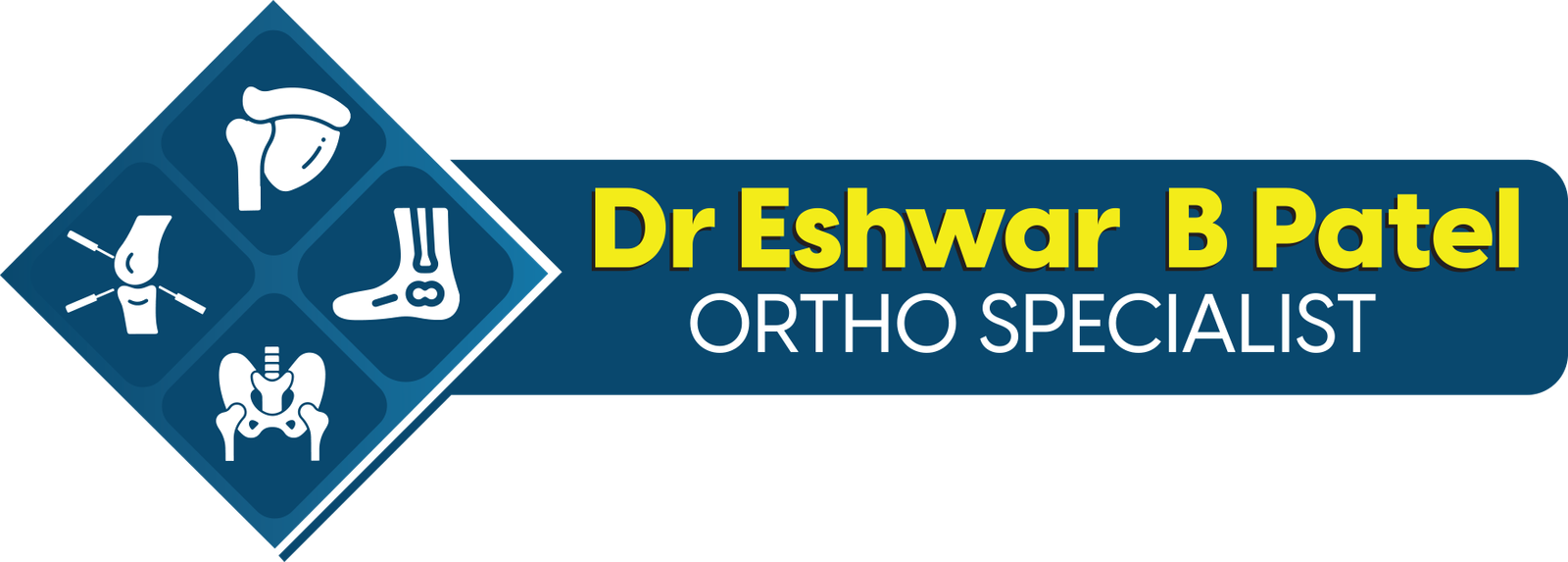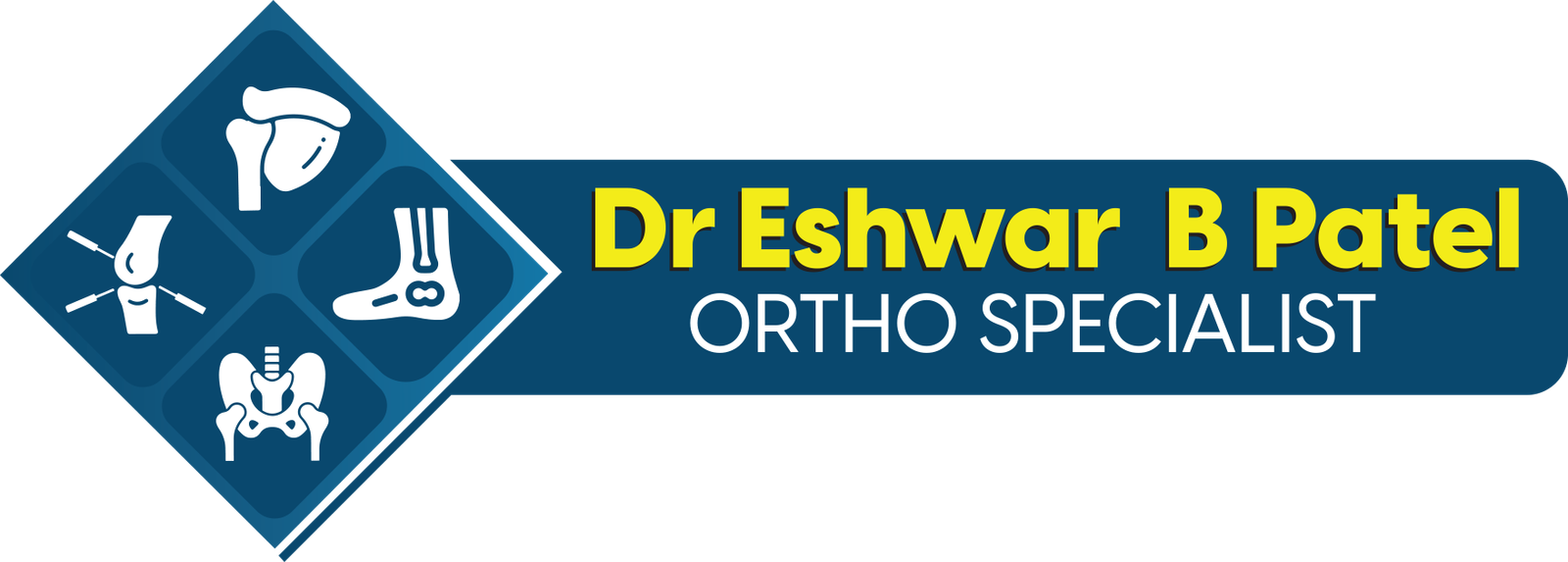Knee Arthroscopy
Knee Arthroscopy is a minimally invasive surgical procedure used to diagnose and treat a variety of knee joint conditions. This procedure involves inserting a small camera, called an arthroscope, into the knee joint through small incisions. It allows surgeons to visualize the interior of the knee and perform necessary repairs or treatments.
Procedure:
During knee arthroscopy, the patient is typically placed under anesthesia. Small incisions, usually less than half an inch in size, are made around the knee joint. The arthroscope, equipped with a light source and camera, is inserted through one of these incisions, providing a clear view of the inside of the knee on a monitor.
Additional surgical instruments may be inserted through other incisions to perform necessary repairs or treatments. Common procedures performed during knee arthroscopy include repairing torn cartilage (meniscus), trimming damaged cartilage, removing loose bodies, and reconstructing torn ligaments (such as the anterior cruciate ligament, ACL).
Benefits:
- Minimally Invasive: Compared to traditional open surgery, knee arthroscopy involves smaller incisions, leading to less tissue damage, reduced pain, and faster recovery times.
- Accurate Diagnosis: Arthroscopy allows surgeons to directly visualize the knee joint, enabling accurate diagnosis of various conditions such as meniscal tears, ligament injuries, and cartilage damage.
- Targeted Treatment: The minimally invasive nature of knee arthroscopy allows surgeons to precisely target and treat the affected area without causing unnecessary trauma to surrounding tissues.
- Shorter Recovery Time: Patients undergoing knee arthroscopy typically experience shorter hospital stays and quicker recovery times compared to traditional open surgery.
Risks:
While knee arthroscopy is considered safe, like any surgical procedure, it carries certain risks, including:
- Infection: Although rare, there is a risk of infection at the incision sites or within the knee joint.
- Blood Clots: Prolonged immobility following surgery can increase the risk of developing blood clots in the legs (deep vein thrombosis) or lungs (pulmonary embolism).
- Nerve or Blood Vessel Damage: There is a small risk of damaging nerves or blood vessels around the knee during the procedure, which may lead to numbness, weakness, or bleeding.
- Continued Pain or Stiffness: In some cases, patients may experience persistent pain or stiffness in the knee following arthroscopy, especially if underlying conditions are not adequately addressed.
Recovery:
The recovery process following knee arthroscopy varies depending on the extent of the procedure and individual factors. However, some general guidelines include:
- Rest and Ice: Resting the knee and applying ice packs can help reduce pain and swelling in the days following surgery.
- Physical Therapy: Physical therapy exercises are often prescribed to improve strength, flexibility, and range of motion in the knee joint.
- Gradual Return to Activities: Patients are typically advised to avoid strenuous activities and gradually return to normal daily activities as tolerated.
- Follow-up Care: Regular follow-up appointments with the surgeon are essential to monitor the healing process and address any concerns or complications.
Knee arthroscopy is a valuable tool in the diagnosis and treatment of various knee joint conditions. Its minimally invasive nature offers several benefits, including faster recovery times and reduced postoperative pain. However, like any surgical procedure, it is not without risks, and patients should be well-informed about the potential benefits and complications before undergoing arthroscopy. Close collaboration between patients and healthcare providers is essential to ensure optimal outcomes following knee arthroscopy.
Surgeries
Best Knee Replacement in Hyderabad
Best Hip Replacement in Hyderabad
Best Shoulder Replacement in Hyderabad
Best Arthrocopy Treatment in Hyderabad
Orthopedic Surgeon in Hyderabad
Maps
Copyright 2022 © DrEshwar Patel Ortho Specialist All Rights Reserved.
Website Designed & Developed By VENLAX GROUP
WhatsApp us

